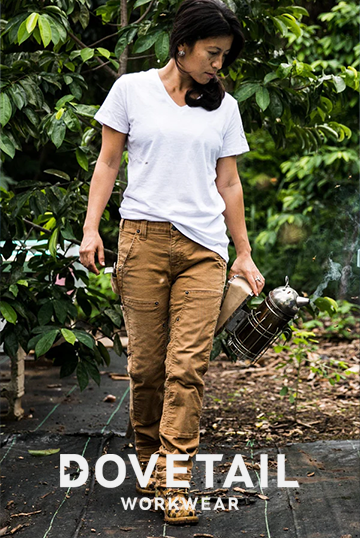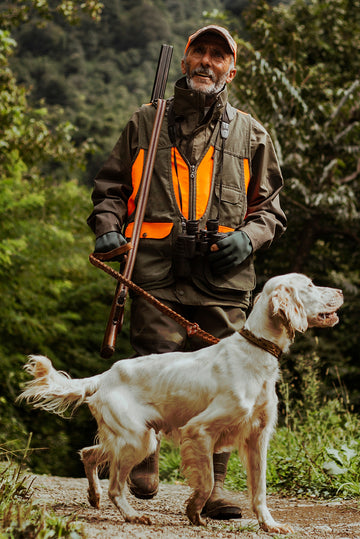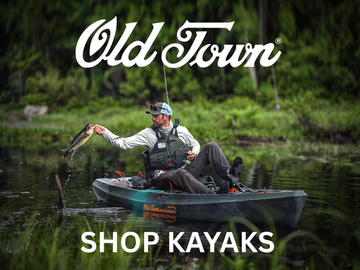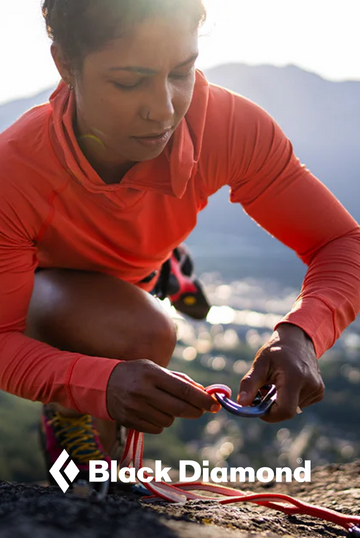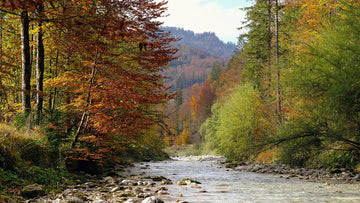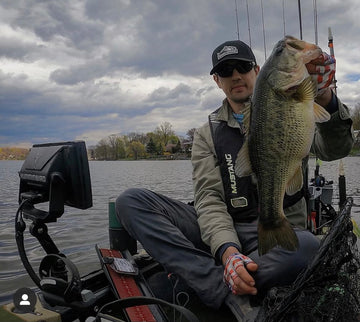Purchasing a kayak is both fun and exciting, but with all the options it can also be an overwhelming experience. You’ll want to choose the kayak that best fits your needs for where you’ll be paddling. Do you want to paddle on a lake with calm waters or are you feeling more adventurous and looking to kayak on the rougher waters of the ocean? Get out on the water sooner with the basic guide we’ve put together to help you find the perfect kayak.
Sit-In Versus Sit-On-Top
Kayaks come in two basic categories, Sit-in and Sit-on-top. The first step in finding the perfect kayak for you is deciding which one of these options will work best for you.
Sit-in kayaks have a built-in cockpit and are considered the more traditional of the two.
- Despite their compact size, Sit-in kayaks usually offer a good amount of room, so you won’t feel closed in.
- Due to their low center of gravity, they can be more efficient to paddle than a sit-on-top.
- Sit-in kayaks provide some shelter from the wind and water. You also have the option to add extra coverage with a spray skirt. A spray skirt is a flexible waterproof cover with a hole for your waist that will help prevent water from entering your kayak.
- They usually tend to offer a good amount of storage space.
Sit-on-top kayaks are easily operated and are suitable for a relaxing day paddling on the lake or fishing.
- They are very user-friendly and a good option for beginners.
- Sit-on-top kayaks are stable, making it easier to get on and off while also providing no feeling of confinement.
- They are self-bailing, meaning the water drains through small holes called scupper holes that allow water to drain right through.
A third option you might consider is an inflatable kayak. Inflatable kayaks are tough, lightweight and easy to transport. When your day of paddling is over, just deflate the kayak, pack it in the trunk of your car, and you’re on your way.
Now that you have decided if a Sit-in or Sit-on-top kayak is the best fit for you, you can start looking into the many types of kayaks offered such as fishing kayaks, touring kayaks, and more.
Hull Type
Next, you’ll have to consider your kayak’s hull design. The hull is the shape of the bottom of the boat and can make a difference in performance and stability while out on the water. There are two different types of stability to understand:
- Primary stability (also known as initial stability) refers to how stable the kayak is when you’re first getting into the boat. This means you’re less likely to flip when you step into your kayak and sit down.
- Secondary stability refers to how stable it is once you start paddling. This means you’re less likely to roll over as you start moving through the water.
Now, let’s focus on the different hull options you will want to consider.
- Flat Hull: Offering great primary stability, these hulls can be stable and maneuverable. The flatter the hull, the more stable your kayak will be. Flat hulls are ideal for recreational kayakers in flat water conditions and can be a good choice for beginners.
- Rounded Hull: This type of hull makes the kayak more maneuverable and offers more secondary stability. Compared to a flat hull, the rounded edges of a hull can increase speed and allow for easier travel through the water.
- V-Shaped: At first, they may feel a bit unstable since they provide the least amount of primary stability, but they do offer better secondary stability. V-Shaped hulls cut through the water and help the kayak travel in a straight line. They are good for recreational paddling and ideal for touring or long-distance trips.
- Chine: Chine refers to the way the bottom of the boat meets the sides in either a rounded “soft” chine or with a sharp change in angles known as a “harder” chine. Most boats tend to fall somewhere in between the two and have a multi-chine hull. The softer the chine, the better the secondary stability the kayak will have.
- Pontoon: This type of hull is known to be very stable because they combine the primary stability of flat hulls and secondary stability of rounded hulls. However, they do have the tendency to be slower.
Length and Width
A kayak tends to be more stable and easier to turn if it’s wider and shorter, but it could come at the cost of speed. Usually, the longer and narrower the kayak is, the faster and straighter it will go. If you are a beginner, then a wider kayak can be a good choice until you are comfortable being out on the water.
Recreational kayaks are about 8 feet to 13 feet long and made for small lakes, rivers, creeks and other calm waters. They can easily navigate narrow inlets or passageways. Touring kayaks are longer, about 14 feet to 18 feet, and built to handle large waves, bigger rivers or lakes.
Weight Capacity
It’s important to remember that the capacity of each kayak varies. You should be able to find the weight capacity clearly listed when purchasing your kayak. The capacity includes the paddler’s body weight, as well as additional items in the kayak which can include coolers, fishing rod and tackle, and gear.
Now that you know the basics, come join Ramsey Outdoor for an evening on the water to test drive the latest Old Town and Ocean Kayak 2019 models! Looking to speak with an expert? Stop by one of our locations and our knowledgeable staff will help you get the kayak and gear you need to get started.
Gear up for adventure with Ramsey Outdoor!


